The WES can be found in the Workplace exposure standards for airborne contaminants. Under the model work health and safety (WHS) laws, a PCBU must ensure that no person in the workplace is exposed to an airborne contaminant at a concentration exceeding the WES.
PCBUs must ensure that air monitoring is carried out to determine if the WES has been exceeded for an airborne contaminant or if necessary to determine if there is a risk to health. Worker’s exposure is measured by air monitoring in their breathing zone.
Protection provided by respiratory protective equipment (RPE) worn by a worker can be taken into account when determining compliance with the WES, provided all reasonably practicable higher order controls in the hierarchy of controls have been implemented and that RPE is worn correctly.
The WES are generally set at the lowest airborne concentration that is unlikely to cause an adverse effect.
Importantly, exposure standards do not identify the dividing line between a healthy and unhealthy work environment. Natural human biological variations and individual susceptibilities (such as an existing medical condition) mean a small number of people may still experience adverse health effects from exposure at levels below the WES. Therefore, exposure to airborne contaminants should be kept as low as is reasonably practicable to protect workers and others in the workplace.
For more information on using and understanding the WES see our Guidance on the interpretation of Workplace exposure standards for airborne contaminants.
Changes to workplace exposure standards
Workplace exposure standards are reviewed and updated from time to time.
This includes the most recent change agreed to by Work Health and Safety ministers to reduce the WES for Aluminium (welding fumes) from 5 mg/m3 to 1 mg/m3.
Since 2018, the WES list has been undergoing a review to ensure that the WES are based on contemporary health evidence and provide the best protection of workers.
As a result of the review, WHS ministers have agreed to the Workplace exposure limits for airborne contaminants (WEL list) with a harmonised transition period across Australia. The WEL list will be implemented from 1 December 2026. Until this time, PCBUs must continue to comply with the WES list.
Supporting Information
- Workplace exposure standards for airborne contaminants (the WES list)
- Guidance on the interpretation of Workplace exposure standards for airborne contaminants
- Workplace exposure limits for airborne contaminants (the WEL list)
- Workplace exposure limits – airborne contaminants
- Air monitoring
- Changes to the workplace exposure standard for respirable crystalline silica
- Welding fumes
- Coal dust
- Model Code of Practice: Managing risks of hazardous chemicals in the workplace
- Occupational lung diseases
- Occupational Lung Disease – coal workers’ pneumoconiosis and mine dust diseases
- Clean Air. Clear Lungs.
